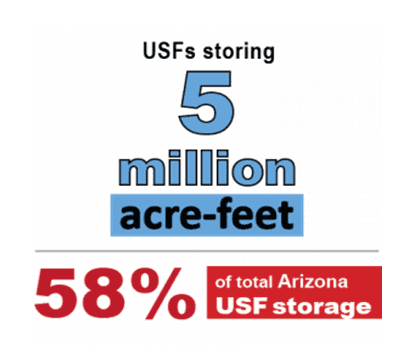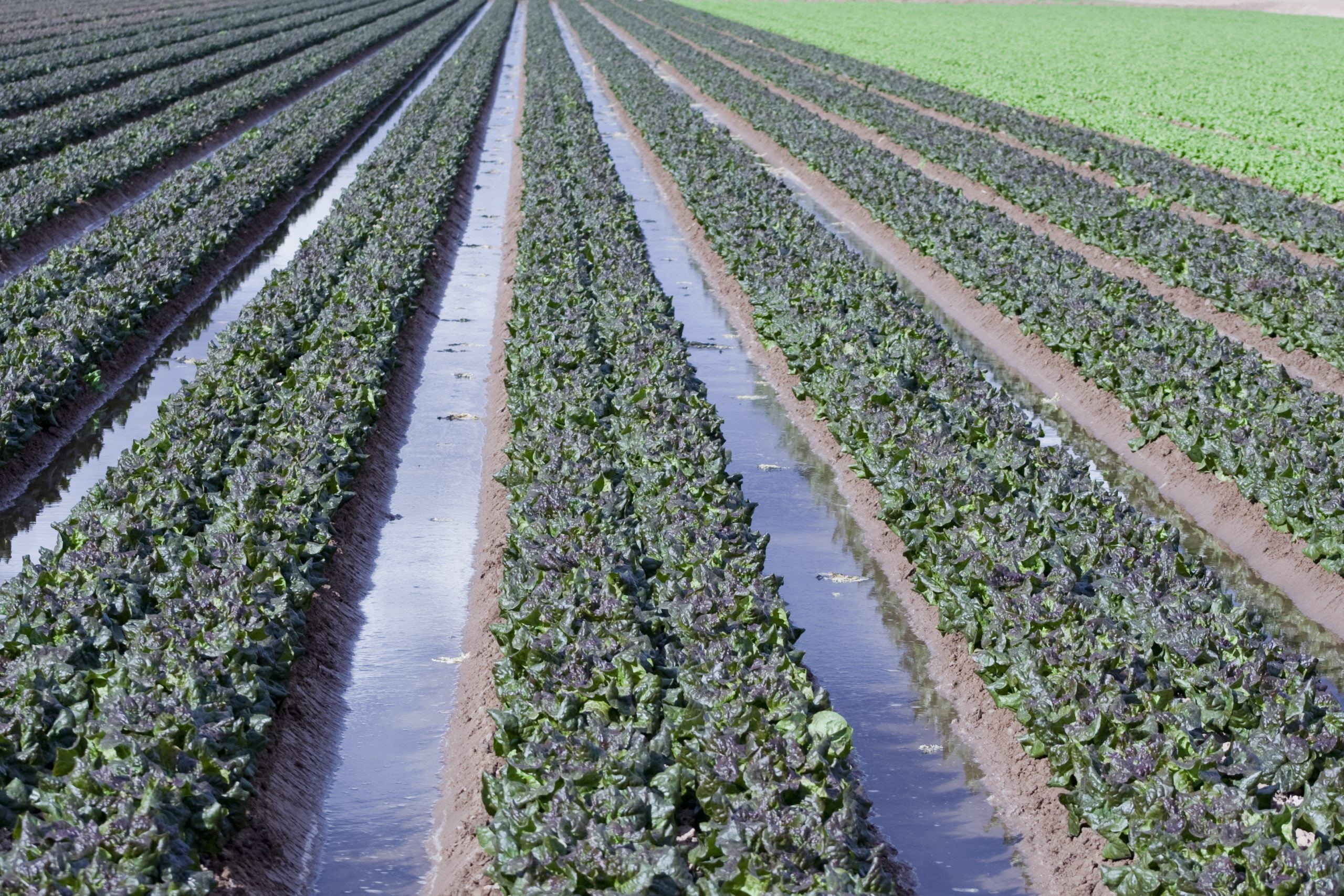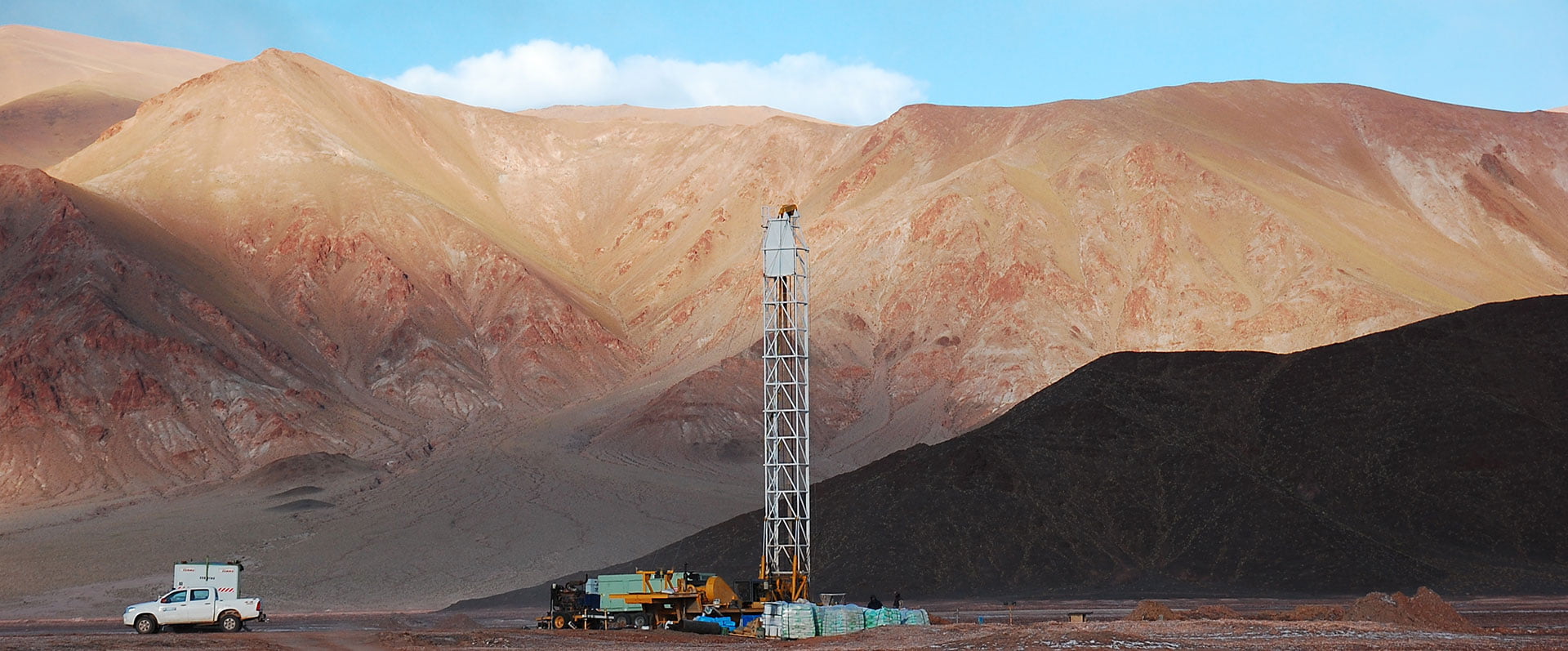 From the 1950s through the 1990s, as farms, mines, and cities in the Southwest pumped increasing amounts of groundwater, the aquifers became overdrafted. One important way that the Arizona Groundwater Management Act of 1980 sought to reduce groundwater overdraft was by importing water from the Colorado River via the Central Arizona Project (CAP) canal. When the CAP canal began delivering water to Central Arizona, a significant portion of the available supply was not used, so water resource managers proposed storing the unused water underground (Silber-Coats and Eden, 2017).
From the 1950s through the 1990s, as farms, mines, and cities in the Southwest pumped increasing amounts of groundwater, the aquifers became overdrafted. One important way that the Arizona Groundwater Management Act of 1980 sought to reduce groundwater overdraft was by importing water from the Colorado River via the Central Arizona Project (CAP) canal. When the CAP canal began delivering water to Central Arizona, a significant portion of the available supply was not used, so water resource managers proposed storing the unused water underground (Silber-Coats and Eden, 2017).
In Arizona, the Department of Water Resources (ADWR) is responsible for ensuring the sustainability of groundwater resources. As the state experiences continued growth and megadrought, managed aquifer recharge (MAR) projects—the physical augmentation mechanism for ADWR to achieve sustainability—are permitted as Underground Storage Facilities (USFs). MAR has been a critical strategy for replenishing and sustaining groundwater resources since the 1990s, and Montgomery & Associates (M&A) has been involved from the beginning. Our professionals have been at the forefront of implementing MAR technology and projects, developing and permitting a range of basin, injection well, and in-channel projects for both surface water and effluent. M&A has worked on USFs responsible for storing approximately 5 million acre-feet of water, about 58% of the total USF storage in Arizona.
Under legislative direction, CAP developed the major recharge projects that are the backbone of the state’s recharge program. M&A has worked on six of CAP’s seven USF recharge projects, and we have recently re-permitted or are in the process of re-permitting five of these projects for the next 20 years. The CAP USF recharge projects include:
- Agua Fria
- Hieroglyphic Mountains
- Lower Santa Cruz
- Pima Mine Road
- Superstition Mountains
- Tonopah Desert
- Avra Valley (sold to local water district in 2011)

MAR reaches across state boundaries
M&A’s recharge experience also extends beyond Arizona. In particular, our work with Antelope Valley-East Kern Water Agency (AVEK) and Tulare Irrigation District makes us a prime candidate for additional recharge work in California. For example, M&A has been integral in the development of a large regional groundwater bank for AVEK. For this project, we provided a range of services during conceptual design including conducting a recharge feasibility assessment, evaluating funding options, and evaluating the effects of a pilot recharge project. In 2019, we teamed with an engineering design firm and were selected to design the full-scale water bank. We are currently leading the hydrogeologic elements of the project. Our work has included development of a groundwater model to improve estimation of recharge and recovery capacity and development of a comprehensive field investigation to address hydrogeologic data gaps and support full-scale project design.
For more information about Montgomery & Associates and our expertise in managed aquifer recharge, visit our MAR service page or contact Hale Barter, president and groundwater hydrologist, or Mark Cross, P.G., C.Hg., principal hydrogeologist.
About the Author
Hale W. Barter is president of Montgomery & Associates and provides senior oversight to our hydrologic modeling team. Hale began consulting in 1988 and joined M&A in 1994. He has developed numerous predictive models to assess feasibility of managed aquifer recharge, and he has overseen the permitting for a range of in-channel and constructed basin recharge projects, for both clean water and treated effluent.
References
Silber-Coats, N., and S. Eden, 2017, “Water Banking, Recharge, and Recovery in Arizona,” Arroyo, University of Arizona Water Resources Research Center, Tucson, AZ. https://wrrc.arizona.edu/sites/wrrc.arizona.edu/files/attachment/Arroyo-2017.pdf










